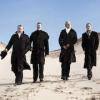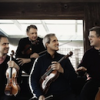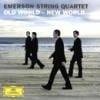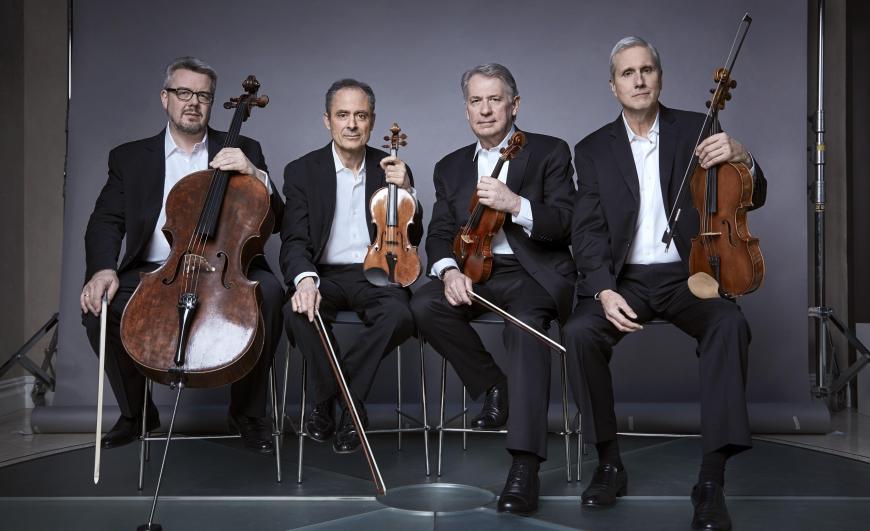
Few works highlight the dexterity and quality of a group of string players quite like a Beethoven quartet, and on Friday evening, San Francisco Performances’ audience was served a reminder of why the Emerson String Quartet is one of the country’s most acclaimed ensembles.
What audience members witnessed in Herbst Theatre last week — Emerson’s eighth and final Bay Area performance before disbanding later this year — was nothing short of superb. The program (portions of which the Quartet would reprise on tour at Orange County’s Segerstrom Center for the Arts the next night) was, unsurprisingly, a revisitation of the classical works the group is known for. They were presented in the order in which they were written: Henry Purcell’s Chacony in G Minor (arranged by Benjamin Britten); Haydn’s String Quartet in G Major, Op. 33, No. 5; Mozart’s String Quartet in D Minor, K. 421; and Beethoven’s String Quartet in E Minor, Op. 59, No. 2.
Coming in, I had my doubts about the Quartet’s program choices, as my personal tastes skew late Romantic and contemporary. Yet as I watched these four master musicians at work, feeding off each other’s energies and breathing life into these pieces, my concerns quickly faded.
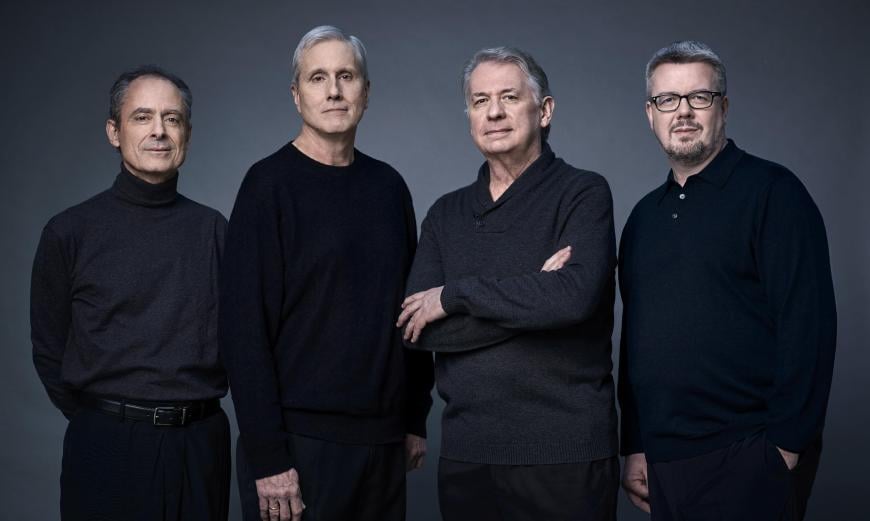
Some musicians play all the notes but with little spirit; others focus on giving a passionate performance, sometimes sacrificing accuracy. There were no such trade-offs for the inimitable cellist Paul Watkins and violist Lawrence Dutton, who each delivered tender solos — particularly in the Beethoven — but more importantly gave each note thoughtful, crystal-clear articulation, even when playing continuo. The pair demonstrated how accompaniment can become much more than just pleasantly competent when played by the right hands.
Haydn and Mozart, the latter said to have been inspired by the former, were delightfully intriguing and showcased the excellent teamsmanship the ensemble has built over the years. (The Quartet was formed in 1976; in 2013, Watkins replaced David Finckel as cellist.)
In the Haydn, themes were tossed around with ease and humor. The players had no need for overdramatic cues; a tiny raise of an eyebrow was all that was needed to perfectly sync the pizzicato in the second violin, viola, and cello in the third movement of the Mozart. (Anyone who has played in the string section of an orchestra knows how terrifyingly little room for error there is when plucking in unison.)
There were a few hiccups along the way, though they didn’t detract from the overall experience. The Purcell, which felt like an appetizer before the main course, suffered from a few intonation lapses in the first violin. The second violin was sometimes inaudible, overshadowed by the first, particularly in the Haydn. The balance issues were resolved later on as the Quartet adjusted to the hall’s acoustics.
Eugene Drucker and Philip Setzer, who traded off playing first and second violin, were solid and had clearly distinguishable styles. Setzer, who took the helm for the enthralling, memorable Beethoven, was the more subdued leader of the two.
Chamber music, by design, cannot hope to compete with the sheer volume of a full orchestra, but in the Beethoven’s most powerful moments, the Emerson sounded downright symphonic. The group’s agility was on full display as the players seamlessly switched from contemplative and rich melodies in the second movement to the high-spirited vigor that raced through the coda of the Finale.
After a prolonged standing ovation, the musicians returned, with Drucker back on first violin, to play a bittersweet love song — No. 7, “I Wander Often Past Yonder House,” from Antonín Dvořák’s Cypresses — before taking their final bows.


